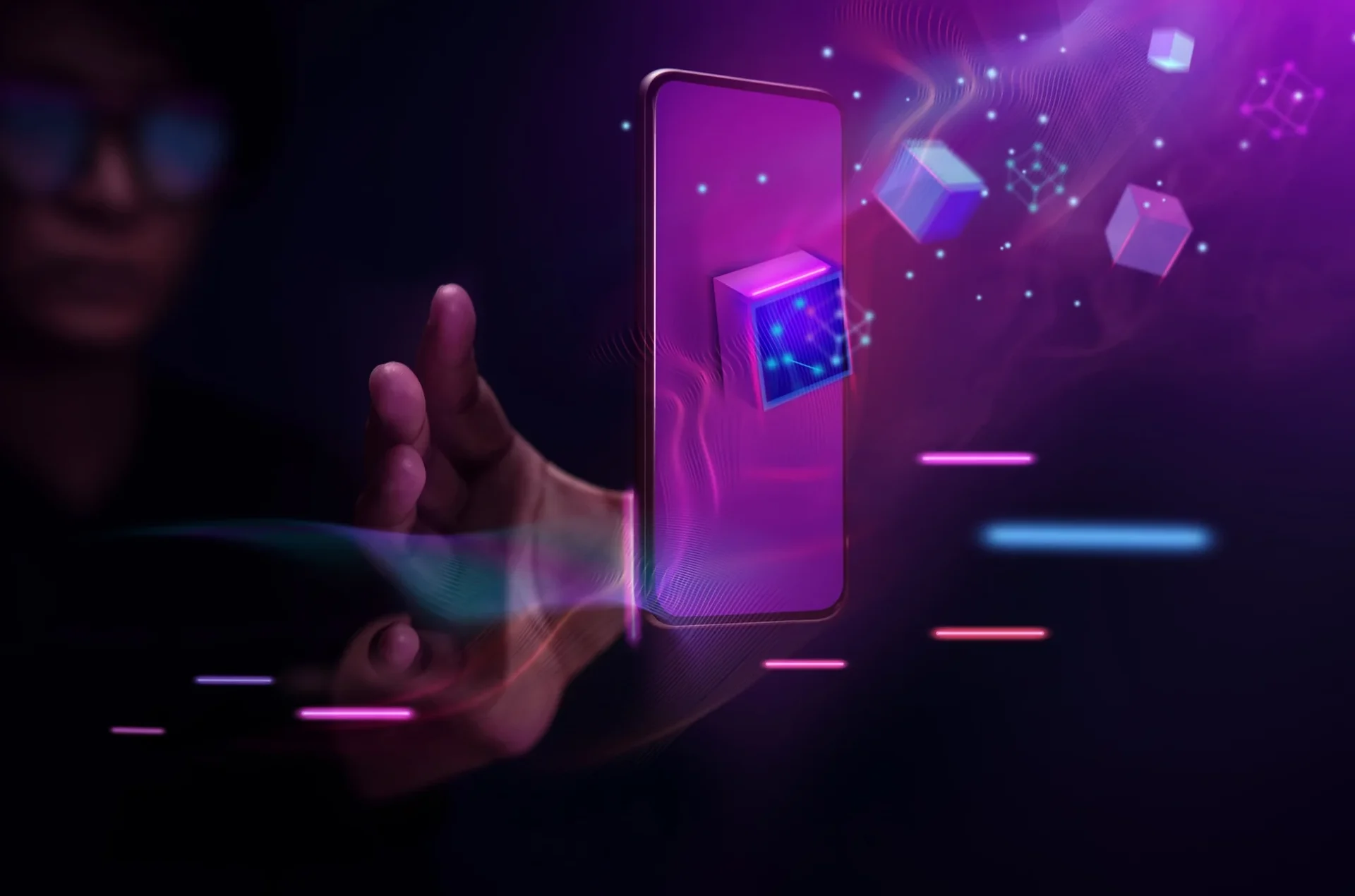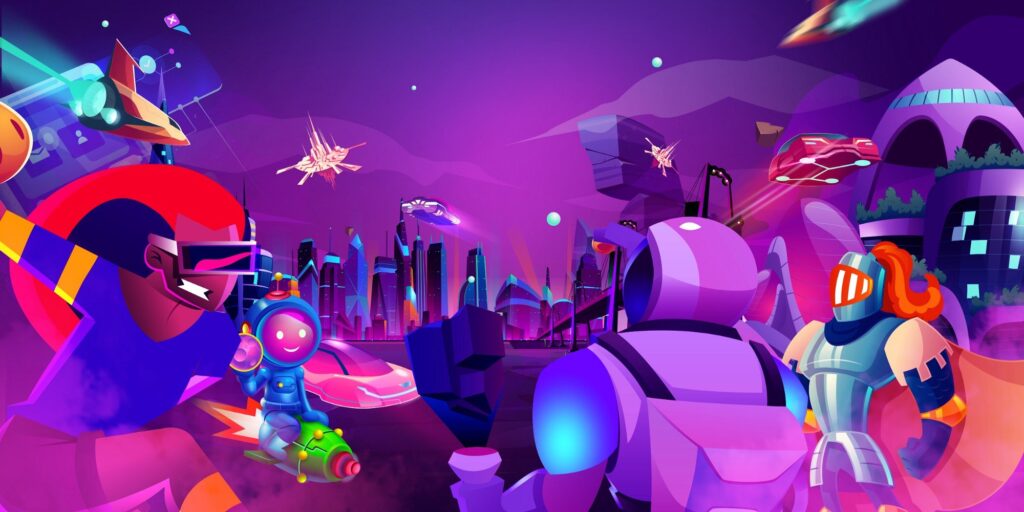Verse World metaverse Solana During the 2021 crypto bubble, the metaverse environment was considered the next great thing in digital engagement. Now, gamers and investors worldwide are closely watching it. This interest is surprising, given Verse World, a virtual reality game. Its spectacular token launch has caused a stir in the Solana blockchain community.
World Phenomenon: A Market Cap Explosion
Verse World, a metaverse game in virtual reality, released its token on Solana’s Pump. Fun platform, with a market cap that shot up to $112.8 million in just a few hours before falling back to $54 million. This significant change in pricing has reignited discussions about whether the metaverse sector is truly recovering or merely another speculative bubble.
Because the crypto market is fickle and metaverse attempts have been given skepticism since Pump’s introduction in 2021, this surge is especially intriguing. Funn, Solana’s famous token launchpad platform, shows that there is still a demand for new blockchain games, especially those that blend virtual reality with decentralised finance.
World’s Position in the VR Gaming Ecosystem
Verse World is more than just another token launch; it demonstrates how virtual reality gaming is evolving with blockchain technology. In 2022, the project released two Solana NFT sets that allowed players to access “Bel Air-style mansions” in the game. However, the value of these collections has changed a lot since then. This historical backdrop suggests that a project has been steadily growing within the Solana ecosystem, developing both its gaming infrastructure and community.
Verse World stands out from other gaming platforms by combining virtual reality technology with blockchain tokenomics. Players can own digital goods, take part in a decentralised economy, and explore virtual worlds that go beyond what is usually possible in games. This coming together of technology fulfils the metaverse’s primary goal: to make permanent virtual environments that users own and where digital interactions have real-world value.
Solana’s Role as the Preferred Metaverse Blockchain
It’s not a coincidence that Verse World and many other metaverse projects are built on the Solana blockchain. Solana has become a popular platform for building metaverses. For example, Solice has become a cross-platform VR metaverse, similar to Decentraland and The Sandbox. Due to its high throughput, low transaction fees, and developer-friendly environment, the blockchain is ideal for gaming apps that require frequent small transactions and real-time interactions.

Solana’s technological advantages are most clear in virtual reality settings, where latency and transaction speed have a direct effect on how users experience the technology. The network’s ability to process thousands of transactions per second while maintaining minimal fees enables seamless in-game economies where players can trade assets, purchase virtual land, and participate in complex economic activities without prohibitive costs.
The Broader Metaverse Revival: Market Signals and Industry Trends
Verse World’s token’s fantastic performance isn’t just a one-time success; it could mean that people are starting to feel more positive about metaverse and virtual reality ventures. People working in the field say that the initial metaverse hype in 2021 led to prices increasing and expectations being too high. However, the current comeback seems to be based more on real-world applications and technological advancements.
There are many causes for a new fascination. Improvements in virtual reality technologies have made immersive experiences more accessible to the general public. Adding artificial intelligence to virtual settings has made interactions in the metaverse more complex and nuanced. Additionally, the development of blockchain infrastructure has addressed many of the scalability and usability issues that early metaverse applications faced.
Virtual Reality Gaming’s Integration with DeFi Mechanisms
The success of Verse World demonstrates how play-to-earn mechanics are becoming increasingly complex and how decentralized finance is becoming an integral part of the virtual reality gaming landscape. In traditional games, in-game assets are stuck in closed ecosystems. However, in blockchain-based VR games, players can own assets based on their value and utilize them across various platforms.
This change transforms games from entertainment into a tool for generating income through talent, strategy, and participation. Tokenizing virtual assets makes digital goods markets more liquid, giving players new opportunities to earn money from their time and gaming accomplishments.
Comparative Analysis: Solana Metaverse Projects
Verse World is one of many metaverse projects built on the Solana blockchain. Each one has its way of creating virtual worlds and getting people to use them. Another popular Solana-based space travel metaverse game is Star Atlas. In this game, players build spaceships and explore virtual planets. These various approaches demonstrate the flexibility of the Solana platform in supporting diverse gaming genres and metaverse concepts.
The competitive landscape comprises well-established companies like Solice, emerging ventures like Portals, and innovative gaming experiences that blend traditional gameplay with blockchain economics. This variety reflects a healthy ecosystem where different initiatives can coexist and meet the needs and wants of various users.
Investment Implications and Risk Assessment
The significant price fluctuations surrounding the introduction of Verse World’s token illustrate the risks and rewards of investing in the metaverse. The early climb to approximately $112 million reflects investor enthusiasm, but the subsequent decrease shows the fragility of developing technological sectors.
If you’re considering investing in metaverse tokens, consider projects based on fundamental metrics such as user adoption, technological advancements, and longevity. If Verse World is successful, it could lead to more ventures like it, which could make the market more competitive and split it up.
Future Outlook: Sustainable Growth vs. Speculative Bubbles
To answer the question of whether the metaverse is truly “back,” we need to examine the distinction between genuine trends and speculative hype. Current signs indicate a more mature approach to building the metaverse, with projects that prioritize user experience, real-world applications, and long-term economic models, rather than relying solely on tokenomics. speculation
Artificial intelligence, advanced virtual reality technology, and more sophisticated blockchain infrastructure are all examples of innovative technologies that can provide a solid foundation for genuine innovation, rather than hype-driven development. However, the market’s tendency to be unstable and respond to speculation remains a significant concern that could impact the sector’s future.


